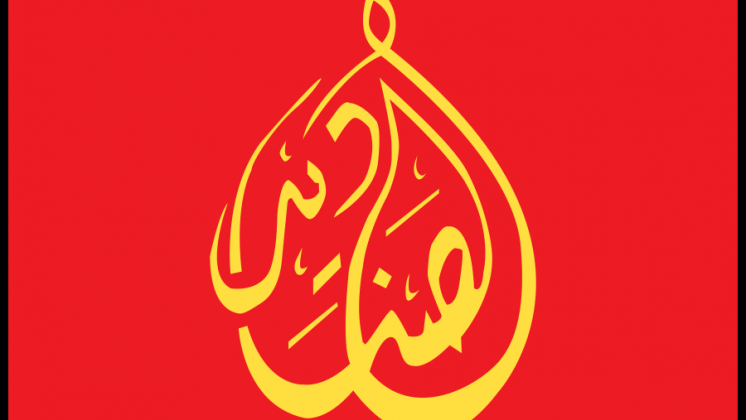
In recent years, northeast Syria has appeared in news reports only as a new arena of battles between the Axis of Resistance alliance and the Americans. After the assassination of the legendary Soleimani, American bases from Qamishli to the border with Jordan became targets for the Islamic Resistance forces of Syria and Iraq. However, now the Syrian part of the Euphrates region has attracted attention with a new crisis of the local self-proclaimed government. Among the “canton of Jazira,” the political struggle within the largest confederation of the Shammar tribe has intensified.
For a long time, Shammar leader Sheikh Hamidi was considered the most important ally of the Kurdish separatists (YPG*) and an integral part of the Syrian Democratic Forces (SDF) project. However, from the early days of this tactical alliance, it became clear that the Kurds were puzzled by the fact that Shammar was able to establish sole control over some of the oil rigs in Qamishli. For its part, a prominent Arab tribe expressed dissatisfaction with the Kurds for their “nationalism” in all military-political issues. For example, American weapons allocated to the SDF alliance did not reach Shammar. Controversies grew on a number of issues, and at the turn of 2018-2019, the first clashes between the parties occurred. Thus, the Kurds from the PYD (Democratic Union) expressed dissatisfaction with Sheikh Hamidi for his refusal to fight other Arab tribes and directly oppose Assad. The Shammar leader responded with a visit to Damascus, Latakia (meeting with the Russians) and Baghdad. Further, at the beginning of 2021, representatives of the clan from Shammar, with the tacit approval of their leader, announced their joining the “Syrian Resistance Forces,” indicating that “the American presence is an occupation of Syrian lands.” This statement became a stone in the garden of the SDF. Late that year, Shammar members began to play an important role in the reconciliation between former opposition supporters and the ruling regime. It should be noted that the Al-Sanadid detachments (the military wing of the Shammar) remained neutral during all the attacks of the “Haidar Forces” (factions of the Islamic Resistance of Iraq present in Syria) on the positions of the American-Kurdish military bases. Thus, causing anger in the camp of the YPG and NATO. Thus, the SDF realized that it was a matter of time before Sheikh Hamidi openly sided with official Damascus and thus an armed conflict against Shammar would become inevitable.
The Syrian branch of the PKK understands that a military adventure against an entire confederation with an abundance of various allies can lead not only to the fatal end of the so-called Rojava, the very fact of the presence of the PYD on Syrian territory can become history, because analysts have long predicted an Arab uprising of local tribes against Western occupiers and their puppets. Therefore, regarding Shammar, the SDF decided to act “diplomatically” in order to split the largest Arab confederation. The Kurds plan to find young leaders of this tribe who could challenge Sheikh Hamidi and create chaos within Shammar.
Regardless of the consequences of the Kurdish provocations, one thing is clear: Rojava as a project has exhausted itself. Internal divisions among the Kurds, increasing confrontation with the Arab majority due to Kurdish chauvinism and the lack of broad regional support have led to the collapse of the self-proclaimed “democratic enclave”. The only alternative to the SDF project is to restore relations with the rest of Syria, which the Kurds from the PYD and ENKS stubbornly refuse to do. Conclusion – the conflict between official Damascus and Rojava is a matter of time, unless local residents make a mini-revolution against the Kurdish-American dictatorship.
- – the so-called Kurdish self-defense, for the most part, is the military wing of the Kurdish “democratic party” of Syria. Better known as the Syrian branch of the PKK.
